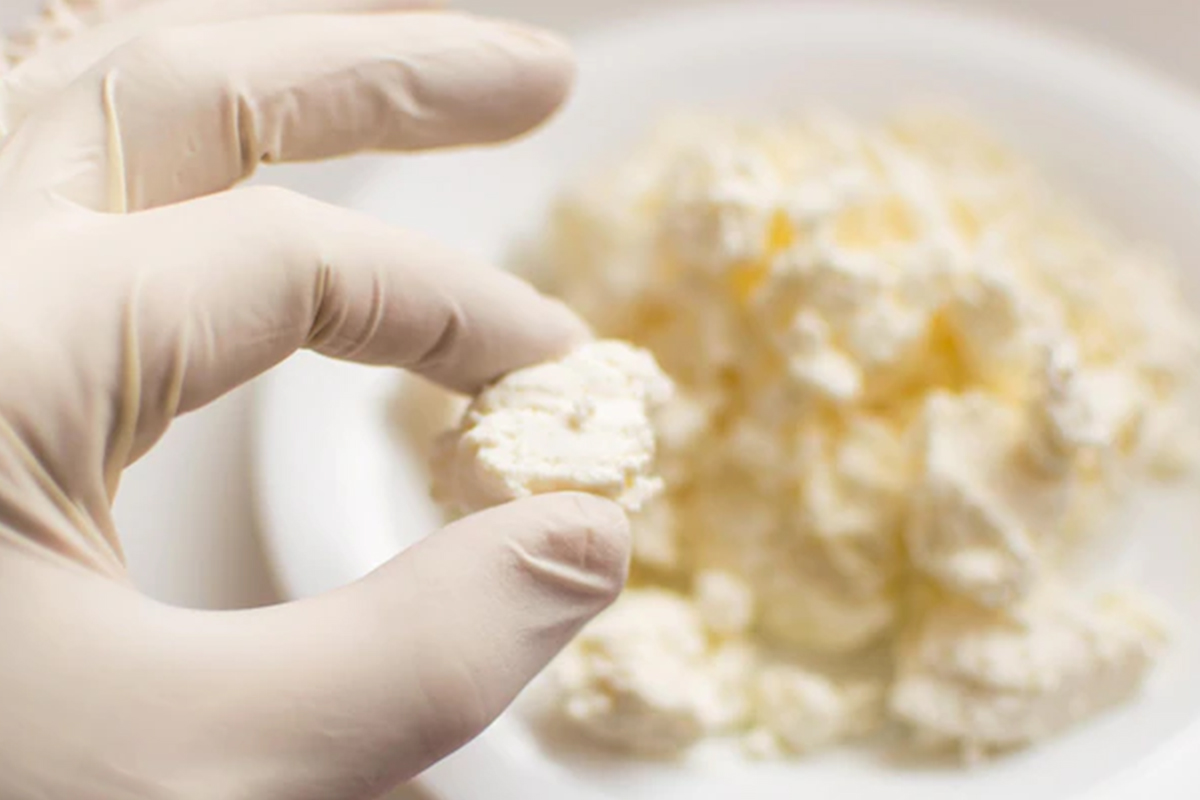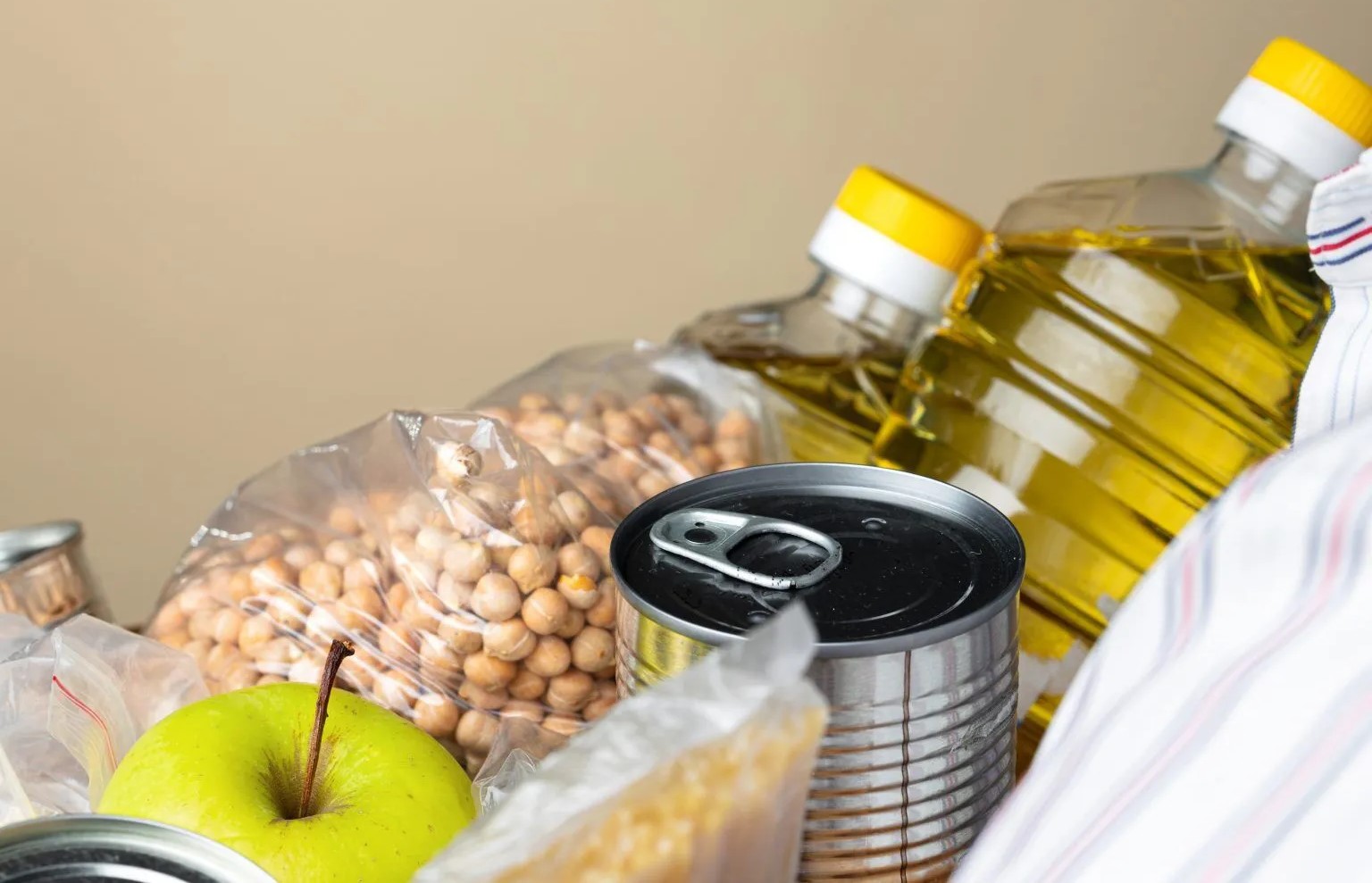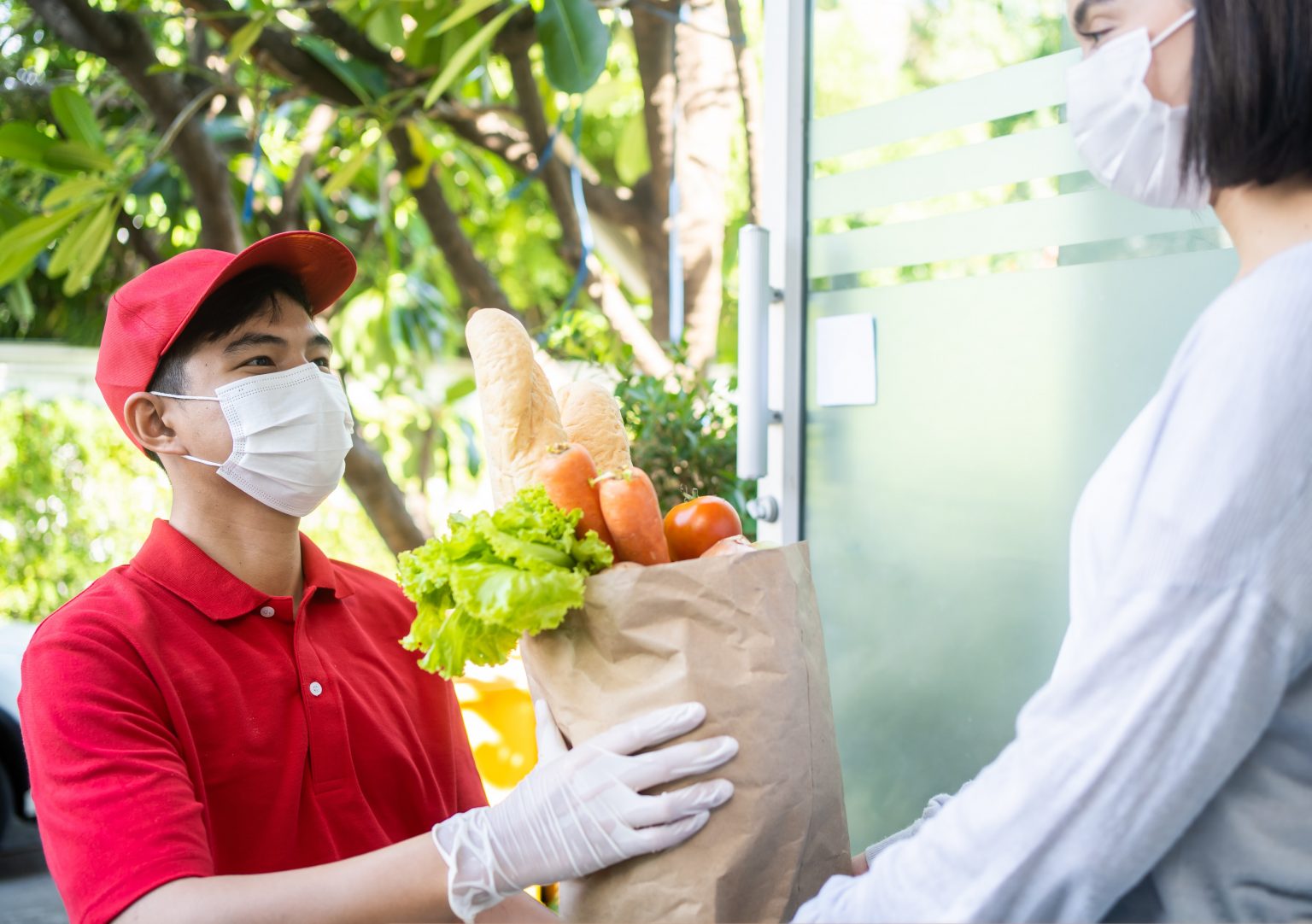Last Updated on April 15, 2024 by Admin
Table of Content
- History of Food Fraud
- Understanding Food Fraud in Detail
- What is the Food Defense and Food Fraud Initiative?
- What Can Businesses Do to Safeguard Products from Food Fraud?
Buyers have a right to assume that the items they purchase in stores are exactly as described. The sad truth is that this is not always the reality. Food fraud and adulteration are pervasive concerns, even if the perpetrators are not necessarily malicious.
What steps may be taken by the food industry to remedy the situation? The obvious solution is to employ food defense in a combination of food fraud initiative plans. However, putting it to use is more complicated.
To get started, you need to learn specific essential terms and understand the meaning of food defense and food fraud. Knowing which foods are most susceptible to adulteration and tampering and how government initiatives are tackling these issues is crucial. With this knowledge, manufacturers will be better equipped to conduct tests to guarantee the quality and safety of the food materials they use and finished consumable goods.
History of Food Fraud
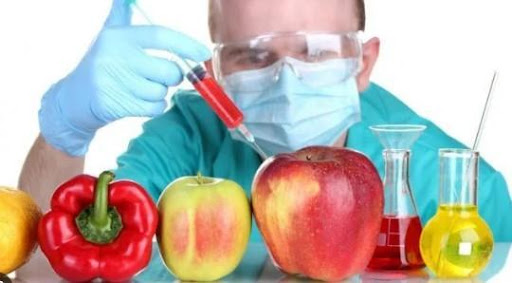
Food Fraud can be dated all the way back to the Middle Ages, and falsified food products have been around for quite some time. Let’s look at some examples:
Many exotic spices were offered in marketplaces before the rise of European empires, but what shoppers thought were rare spices were really only a blend of dried indigenous herbs. To make a profit, some vendors adulterate their spices by using filler ingredients like nut shells or dust.
During the industrial revolution, flour was often mixed with chalk or gypsum. Milk during that time period was often diluted to the extent that chalk was added to improve its appearance. Additionally, sausages were known as “mystery meats” because no one knew what it really was.
Understanding Food Fraud in Detail
Food fraud occurs when an item or ingredients of a food item is intentionally and dishonestly substituted, diluted, or adulterated to make a profit or financial gain. It usually enhances the product’s perceived worth or decreases manufacturing costs.
There are many examples of food fraud that are often uncovered daily. For example, manufacturers that cut the cost of more costly olive oil by mixing it with less expensive vegetable oil and then labeling it as 100% olive oil are deceiving their consumers.
Unfortunately, food fraud affects more than simply the economy. Some people may get serious illnesses or even die due to food fraud due to the things that have been added, altered, or omitted. Lead poisoning from tainted spices is one example, as is an allergic response to a replacement ingredient that includes even a trace amount of a food allergen.
Such financially-motivated wrongdoing occurs when opportunity, incentive, and inadequate oversight combine. Therefore, a food fraud vulnerability assessment procedure that spans the entire production must be in place.
A solid food fraud vulnerability assessment procedure would include tracking the supplies used in the product to assess the purity and quality of the finished item. It is the only way to guarantee its sanctity, mitigate major threats, and enforce actions to control the food-making process.
Raw materials, packaging materials, equipment, employees, and the surrounding environment are only some potential sources of food hazards, all of which may be mitigated to a tolerable degree through a food fraud vulnerability assessment procedure.
What is the Food Defense and Food Fraud Initiative?
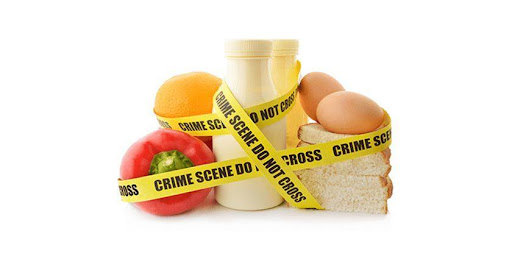
Food defense is officially defined as “procedures adopted to assure the security of food and drink and their supply chains from malicious and ideologically motivated attacks leading to contamination or supply disruption.”
The term food defense refers to a set of preventative actions taken in the event of intentional food contamination done out of malice. For example, adulteration may be caused by an indignant employee in the food manufacturing facility or a competitor seeking vengeance.
Efforts to combat food fraud shield consumers from precisely this kind of danger. A risk analysis is essential to understand where the organization can improve and what actions it can put in place to safeguard food. A Food Defense program exists to alleviate the food fraud initiative, which seeks to avoid contamination for financial benefit.
A food defense program‘s goals are to prevent food from being deliberately tampered with and to lessen the severity of damage caused by an assault on the food supply chain. Food safety and food defense share the same threats.
What Can Businesses Do to Safeguard Products from Food Fraud?
Each company’s approach to preventing food fraud dangers may be unique due to differences in how it manages its materials across the supply chain. Nonetheless, many practical measures can be taken to ensure that food produced in the facility is always safe to consume. These measures can be divided into two parts – on-premises measures and in-system measures.
On-Premises Measures
- Maintain a secure boundary and regular inspections.
- The entry of individuals and vehicles into the facility and parking lot should be regulated via access controls.
- Have a security system with cameras in place.
- Define off-limits zones where only authorized personnel can enter and keep the public out of such zones.
- Restrict access to the control system.
- Packaging used for the products is tamper-resistant or makes tampering evident.
- Keep all locks and keys organized for easy access.
In-System Measures
- Employees should be taught to spot strange activities and people as part of food defense and food fraud security training.
- Make use of a method for classifying workers according to their tasks.
- Vetting all personnel and vendors involved in mission-critical activities with background checks is essential.
Key Takeaways
Food-related businesses must take precautions to ensure that their consumers get good quality food and that the authenticity and integrity of the company are not compromised in any way, be it by food fraud or intentional alteration. Enabling food fraud vulnerability assessment at all food production levels is the primary instrument for ensuring robust food defense operations. Its purpose is to categorize and address security flaws in food items and their ingredients before they have a significant market effect by identifying and fixing possible risks and vulnerabilities. Please visit the website for more information https://www.ficsi.in/
Read Also: FICSI Provides Special Training Programs to Develop Skilled Manpower and Prevent Food Fraud



